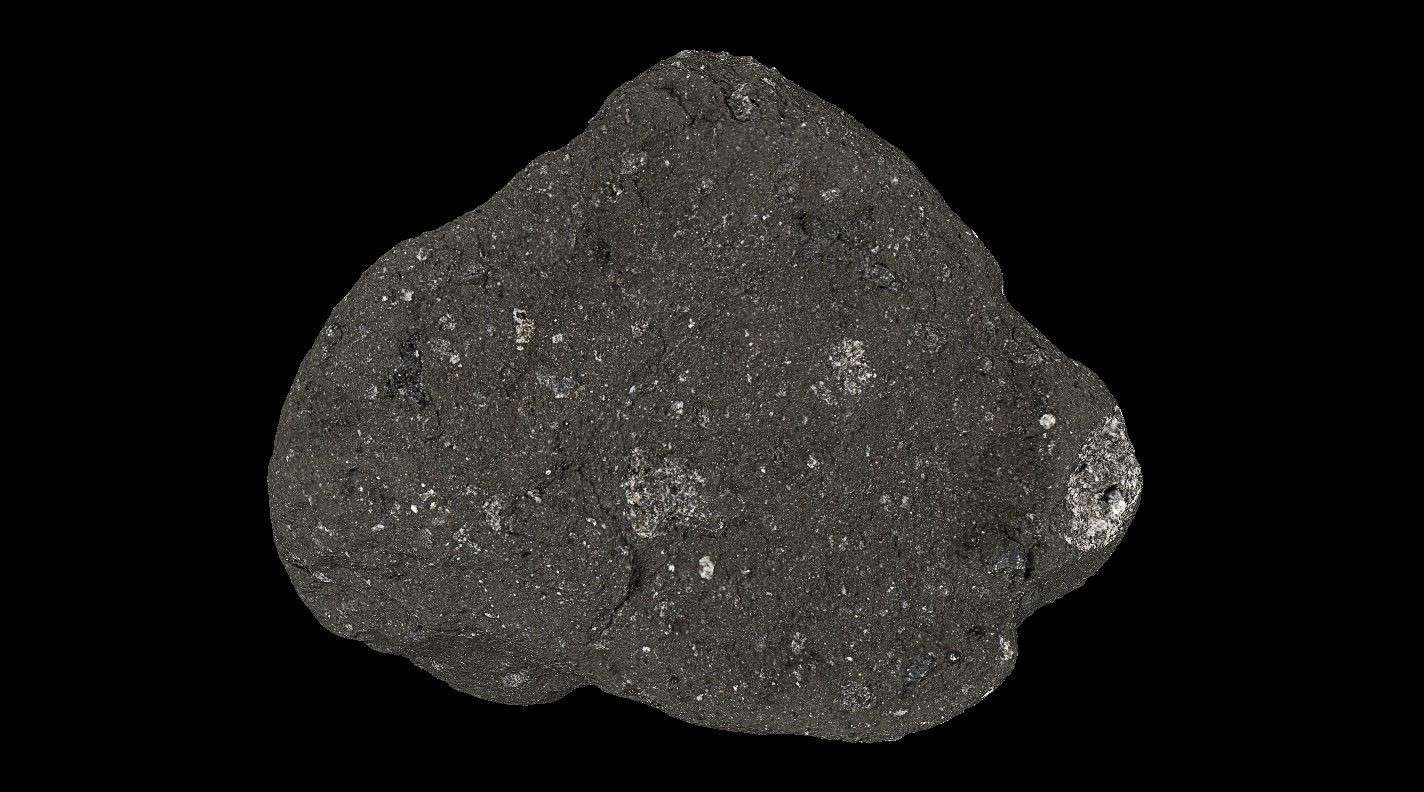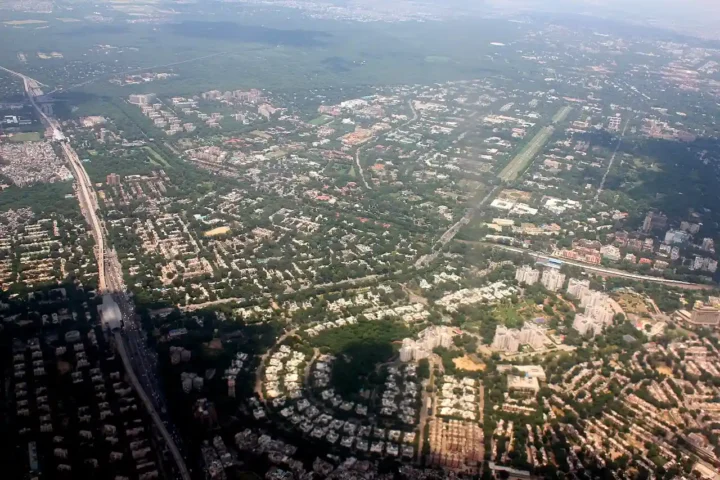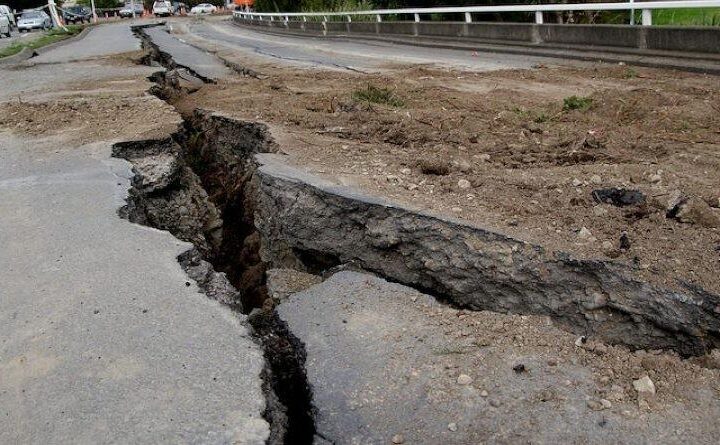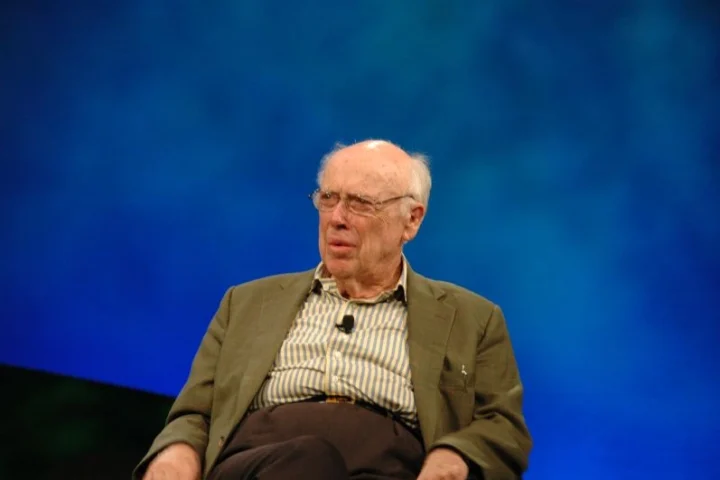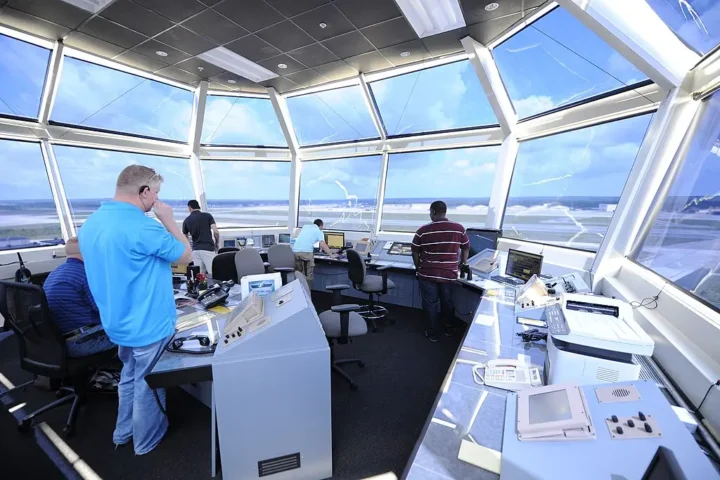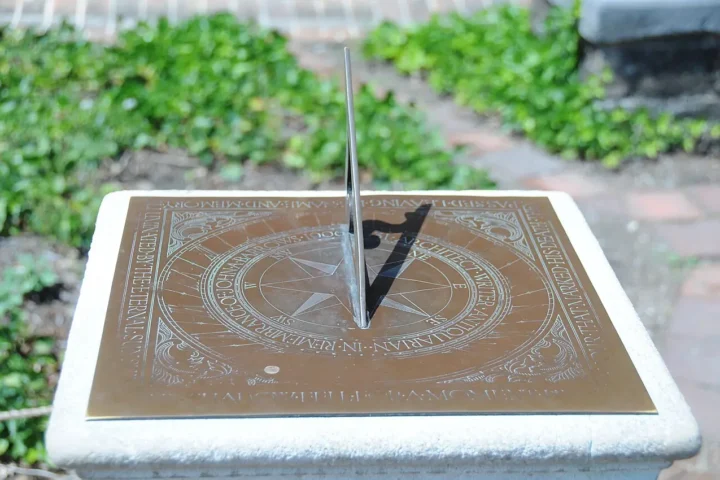China’s space agency has decided to let US scientists analyze moon rocks from its recent lunar missions, marking a notable step in international space collaboration despite ongoing political tensions between the two nations.
Two American universities funded by NASA – Brown University and the State University of New York at Stony Brook – are among seven institutions worldwide that will receive lunar samples collected by China’s Chang’e-5 mission in 2020. The remaining five institutions are from Japan, France, Germany, Britain, and Pakistan.
China became only the third country to retrieve moon rocks when its Chang’e-5 mission successfully brought back samples in 2020, joining the United States and former Soviet Union. The US last collected lunar samples in 1972.
In a more recent achievement, China’s Chang’e-6 mission completed in June last year made history as the first to return samples from the far side of the moon – a region never before sampled by any country.
Scientific Value of the Samples
The lunar samples hold tremendous scientific value. Those from the moon’s far side are particularly valuable as they come from a region never before sampled by any previous mission.
These samples promise to reveal new information about:
- The moon’s geological history and formation
- The composition of lunar crust and mantle
- The chronology of impacts in our solar system
- Potential resources that might exist on the lunar surface
Initial analysis of earlier Chang’e-5 samples has already suggested the moon experienced volcanic activity more recently than scientists previously thought.
Similar Posts
Navigating Political Restrictions
This scientific exchange comes despite significant restrictions on US-China space cooperation. Since 2011, US law (known as the Wolf Amendment) has prevented NASA from direct collaboration with China’s space program without special Congressional approval and FBI certification that such activities pose no national security risks.
NASA Administrator Bill Nelson has been working with lawmakers to address these concerns. He confirmed that four US universities had applied for access to Chang’e-5 samples and expressed optimism about the outcome of discussions regarding the loan agreement terms.
“It seems the United States is quite closed off now despite being open in the past, while we were closed off in the past and are now open,” said Wu Weiren, chief designer of China’s lunar exploration program. He added this change reflects “the increase in our nation’s overall strength and consequent rise in self-confidence.”
For any actual transfer of moon rocks to US universities, NASA will need to work with the FBI for another national security certification process.
Future Cooperation
While this sample sharing represents a limited form of cooperation, it suggests both nations recognize the value of scientific exchange even amid broader tensions.
China continues to expand its lunar program’s international influence, with the Chang’e-4 and Chang’e-6 missions already carrying four international scientific payloads. Looking ahead, next year’s Chang’e-7 mission will include six international payloads, and discussions are underway for cooperation with ten countries on the subsequent Chang’e-8 mission.
The agreement to share lunar samples may open doors to further scientific collaboration, even as the broader political relationship between the US and China remains complex.
